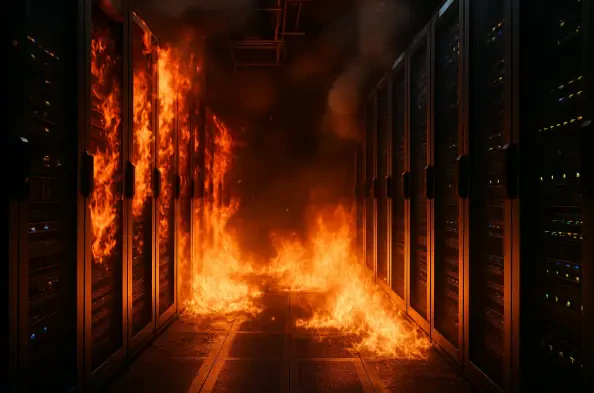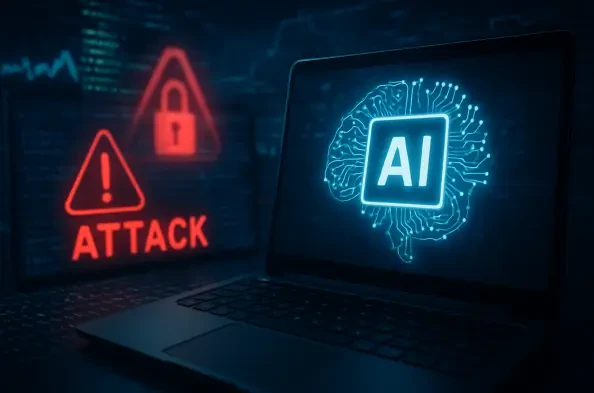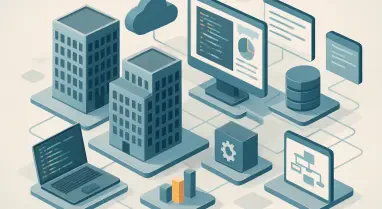South Korea, often hailed as a global leader in technology and innovation, has recently encountered a significant disruption with a devastating fire at the National Information Resources Service, a pivotal hub for the nation’s digital infrastructure. This alarming incident has reverberated through the small and medium-sized enterprise (SME) and startup sectors, exposing glaring vulnerabilities in the very systems that support their financing, regulatory compliance, and day-to-day operations. The event not only threatens immediate business functions but also casts a shadow over the resilience of the digital backbone that fuels one of the world’s most tech-savvy economies. As the nation grapples with the fallout, critical questions emerge about how such a disruption will affect SMEs, what steps are being taken to mitigate the damage, and whether this crisis could serve as a turning point for strengthening digital stability. This analysis delves into the immediate and long-term implications for businesses and the broader innovation ecosystem.
Immediate Challenges for SME Operations
The fire at the National Information Resources Service has unleashed a wave of operational challenges for SMEs and startups, particularly in accessing essential government-backed services. Loan disbursements, grant processing, and other financial support mechanisms—crucial for maintaining cash flow and fostering growth—have been directly jeopardized by the disruption. With the affected facility serving as a central node for these critical functions, even short periods of downtime can trigger cascading delays, leaving businesses struggling to meet payroll or invest in expansion. The potential for widespread financial strain is a pressing concern, as many smaller enterprises operate with tight margins and limited reserves, making them especially vulnerable to sudden interruptions in funding or administrative support.
Compounding the severity of this crisis is the timing, as the Chuseok holiday looms on the horizon, a period when liquidity demands traditionally surge among SMEs. During this festive season, businesses often rely on timely access to capital to manage inventory, pay seasonal workers, and meet heightened consumer demand. A hiccup in digital systems at such a critical juncture risks exacerbating economic pressures, potentially forcing some enterprises to scale back operations or delay payments. The ripple effects could extend beyond individual firms, impacting supply chains and local economies, and highlighting the urgent need for swift intervention to stabilize these vital services.
Government Actions and Strategic Reforms
In response to the catastrophic fire, the Ministry of SMEs and Startups (MSS), under the leadership of Minister Han Seong-sook, has moved decisively to address the fallout and prevent future crises. A comprehensive audit of IT and facility systems has been ordered across 11 affiliated institutions, including key agencies like the Korea Technology Finance Corporation (KIBO) and the Korea SMEs and Startups Agency (KOSME). This sweeping review aims to identify and rectify vulnerabilities, ensuring that digital infrastructure can withstand unexpected disruptions. Beyond immediate fixes, the minister has prioritized uninterrupted funding flows, recognizing that financial stability for SMEs cannot be compromised, especially during periods of heightened economic activity.
Parallel to these emergency measures, a forward-thinking approach is evident in the push for modernization through technology. Directives to streamline service delivery and adopt AI-based evaluation tools signal an intent to enhance efficiency and reduce manual bottlenecks in government processes. Minister Han’s emphasis on accountability underscores a commitment to not just repairing what has been broken but reimagining how digital systems serve businesses. By focusing on practical, field-based solutions, the government seeks to align reforms with the real-world needs of SMEs, fostering trust and ensuring that systemic failures do not translate into lost opportunities for growth and innovation.
Systemic Vulnerabilities in Digital Infrastructure
The fire has laid bare the fragility of South Korea’s centralized digital systems, sparking a national dialogue about the adequacy of current infrastructure in supporting a tech-driven economy. As a country renowned for its cutting-edge advancements, the incident serves as a stark reminder that even the most sophisticated systems can falter when reliant on single points of failure. The National Information Resources Service, while efficient in normal operations, became a critical weak link when disrupted, affecting thousands of businesses dependent on its services. This vulnerability raises pressing concerns about the lack of robust redundancy and backup mechanisms that could mitigate such widespread impact.
Addressing these systemic issues will require a fundamental shift toward enhanced resilience in digital architecture. Investments in decentralized systems or failover protocols could significantly reduce the risks associated with centralized hubs. Additionally, bolstering cybersecurity measures is paramount, as physical disasters like fires can expose data to further threats if not properly safeguarded. The incident underscores that digital stability is not merely a technical concern but a cornerstone of economic health, particularly for SMEs and startups that form the backbone of innovation. How the nation responds to this wake-up call will likely set a precedent for balancing technological progress with risk preparedness.
Economic Pressures and Policy Evolution
The economic stakes of this disruption are particularly high given the seasonal context, with SMEs facing intensified financial pressures during the Chuseok holiday period. This festive time often demands increased working capital to meet consumer needs, and any delay in accessing loans or grants could push businesses into precarious positions. Minister Han’s focus on ensuring seamless funding reflects a keen awareness of these challenges, aiming to prevent liquidity crunches that could derail operations. The government’s immediate actions are a critical stopgap, but they also highlight the broader necessity of building systems that can operate without interruption during peak economic cycles.
Looking ahead, the upcoming National Assembly audit promises to bring digital infrastructure policy under intense scrutiny, potentially catalyzing significant shifts in budget allocations and strategic priorities. This review could pave the way for long-term investments in risk management, ensuring that future disruptions are met with preparedness rather than reaction. The incident may also accelerate policy discussions around diversifying digital resources, reducing over-reliance on singular facilities. As South Korea navigates these changes, the outcomes will likely influence not just domestic businesses but also the nation’s standing as a reliable hub for global tech investment, shaping economic strategies for years to come.
Future of Innovation and Global Perception
For startups and founders, the fire serves as a sobering lesson about the importance of digital infrastructure, often overshadowed by the pursuit of capital and market expansion. This event may prompt a reevaluation of how businesses structure their tech dependencies, potentially driving demand for decentralized solutions or private backup systems to safeguard operations. The realization that digital stability is as vital as financial resources could reshape strategic planning, encouraging SMEs to prioritize resilience alongside growth. Such a shift might also foster innovation in developing more robust, independent digital tools tailored to the unique needs of smaller enterprises.
Meanwhile, the global investment community is closely monitoring South Korea’s response to this crisis, assessing the risks of systemic vulnerabilities against the country’s storied reputation as an innovation powerhouse. The government’s handling of the situation, including the outcomes of the National Assembly audit, will act as a litmus test for its commitment to maintaining a stable environment for tech-driven progress. A proactive and transparent approach could reinforce confidence, while any perceived lapses might deter future investments. Ultimately, the path forward will determine whether this disruption becomes a catalyst for stronger systems or a cautionary tale for international stakeholders.
Building a Resilient Tomorrow
Reflecting on the aftermath of the fire at the National Information Resources Service, it becomes evident that South Korea faces a defining moment in safeguarding its SME and startup ecosystem. The swift response from the Ministry of SMEs and Startups, coupled with Minister Han Seong-sook’s leadership in mandating comprehensive audits and modernization, sets a precedent for addressing immediate crises with an eye toward systemic improvement. As the nation takes stock of its digital vulnerabilities, the push for redundancy, enhanced cybersecurity, and AI-driven efficiencies emerges as critical steps to prevent future disruptions. Moving forward, stakeholders must continue to advocate for diversified infrastructure investments, ensuring no single failure can halt economic progress. Policymakers should prioritize ongoing assessments and allocate resources to fortify digital systems, while businesses are encouraged to integrate resilience into their operational frameworks. This collective effort will be vital in maintaining South Korea’s position as a global leader in technology and innovation.






